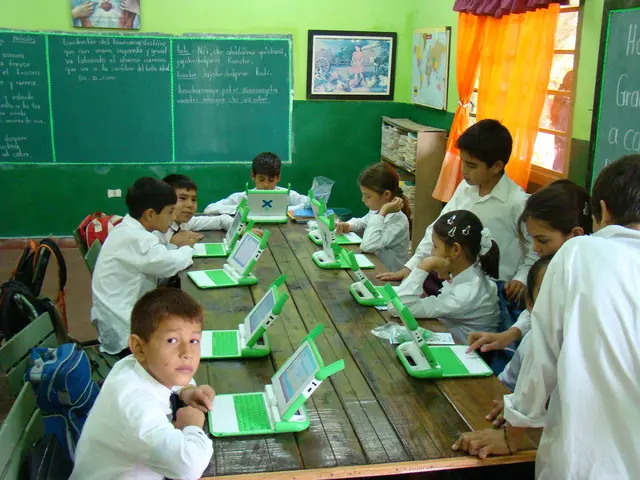Unfiltered Insights on LEGO's Domination in the Troubled 2023 Toy Market
Last year witnessed an 8% fall in toy sales, as per the latest reports.
Let's face it, the toy industry took a nosedive in 2023 with a daunting 8% sales decline, as per data shared by Circana and reported by Retail Dive. But, amidst the gloom, LEGO continued to flourish.
The year saw a tumultuous mix of economic challenges, including inflation, depleted customer savings, and skyrocketing consumer credit card debt. Despite this dark reality, consumers still couldn't resist indulging in LEGO's creative magic.
So, what made LEGO an exceptional outlier in a year plagued by market slumps?
For starters, the building set category was the only one to record growth, thanks in no small part to LEGO's dominance. The company's iconic lines like LEGO Disney Classics, LEGO Speed Champions, and LEGO Iconsinfused adrenaline into this niche, raking in an impressive $220 million in sales - the most significant dollar gain within the 11 toy supercategories tracked by Circana.
But LEGO's strategy was far from a one-trick pony. Their game-changing formula is rooted in product innovation, tapping into the spending power of adults who aren't shy about being tagged as 'kidults'. Remember, these older consumers contributed to as much as 18% of the U.S toy sales by value in 2023!
LEGO recognized the golden goose in the 'kidult' market and aimed for its neck with specially crafted premium kits for adults. Priced handsomely at several hundred bucks, these sets ensured LEGO made a killing while attracting a more diverse demographic and growing their female and female-skewing customer base.
But, LEGO's charm offensive didn't stop at wooing grown-ups. The brand targeted a younger audience too - by integrating digital experiences into their offerings. Starting from developing software for gaming and partnering with heavy-hitters like Fortnite, to nudging into the cultural zeitgeist with collaborations with brands like Nike and Formula 1, LEGO ensured its scene-stealing performance wasn't a flash in the pan.
And of course, the biggest trump card in LEGO's tricky portfolio? Nostalgia. A rabid purveyor of vintage vibes, LEGO found success in rekindling the old-school spirit through retro-themed toys and IPs that resonated with parents and children alike. Film tie-ins and family-friendly motifs, like Disney, also fueled the ardor for building sets, establishing LEGO as a market leader that's here to stay.
- In contrast to the 8% sales decline in the toy industry during troubled 2023, LEGO experienced growth, with a record-breaking $220 million in sales.
- Despite economic challenges such as inflation, depleted savings, and consumer credit card debt, consumers thoughfully invested in LEGO's creative offerings.
- The building set category was the only one to increase in sales, largely due to LEGO's dominance and popular lines like LEGO Disney Classics, LEGO Speed Champions, and LEGO Icons.
- Older consumers contributed significantly to U.S toy sales, making up as much as 18% of the market value in 2023, and LEGO capitalized on this demographic with specially crafted premium kits for adults.
- By attracting a more diverse demographic, including a growing female and female-skewing customer base, and offering integration of digital experiences, LEGO ensured long-term success and a scene-stealing performance.
- With ties to cultural events and popular brands such as Nike and Formula 1, LEGO's strategic collaborations solidified its position as a market leader.
- Nostalgia played a crucial role in LEGO's success, rekindling the old-school spirit with retro-themed toys and intellectual properties that resonated with both parents and children.






